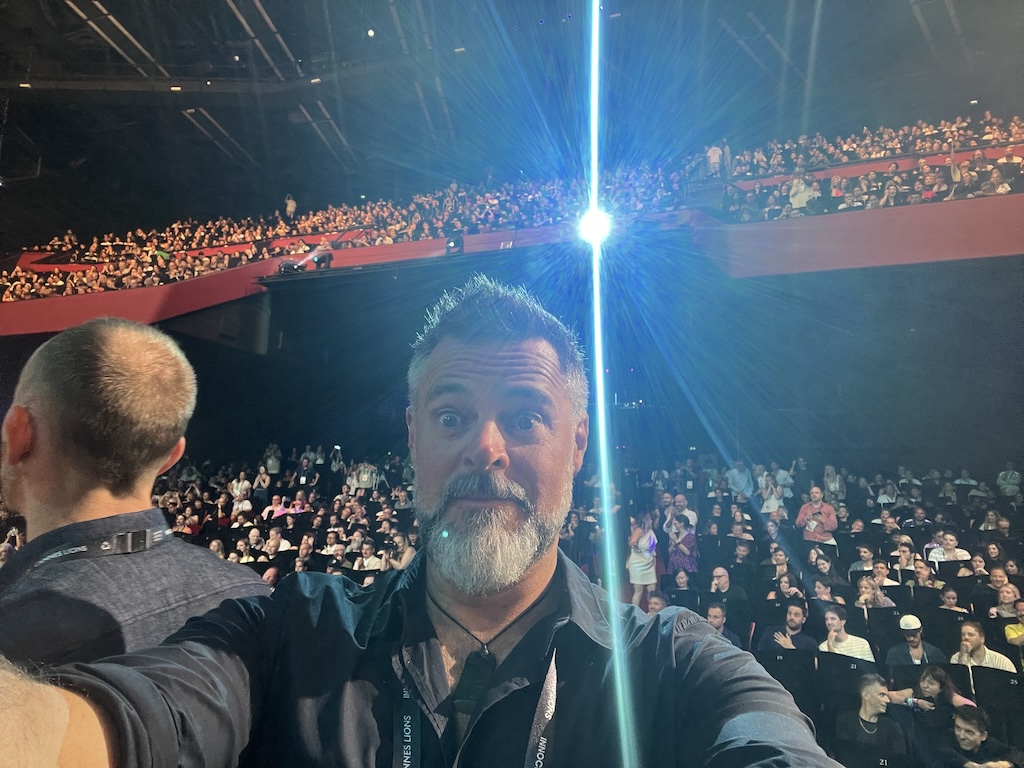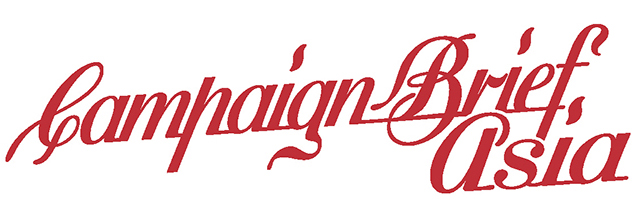VML APAC’s Paul Nagy’s Cannes Lions 2024 recap – Part 1: The Film Jury Experience

Paul Nagy, APAC chief creative officer at VML represented APAC on the Cannes Film Lions jury. Here, Nagy shares his insights following the Festival, exclusive to Campaign Brief.
After judging film at the Cannes Lions this year, the two most common questions I’ve been asked were these: were there any trends you noticed in the thousands of films entered this year; and what made the two Grand Prix’s stand out from the pack?
Let’s start with trends…
The Thais are showing us all how it should be done.
Joyful, crazy, entertaining and anything but boring. The creative community of Thailand are showing the rest of the world what film advertising can be like when you burn the rule book and focus on simply making interesting things to capture people’s attention. From short to long-form, every time I saw an ad pop up from Thailand I knew I was in for a wide ride and got excited. Nowhere else in the world is delivering film like this. Bravo.
Captive Audiences are extinct.
Too much advertising still seems to believe they are projecting to captured audiences. Even live sport and theatre does not capture audiences any more, because every viewer is holding a second screen in their hands (at least) to occupy them if the action stops. So hoping that showing your logo on repeat and hammering multiple proof points is going to make an impression is just yesterday’s thinking. The only way to guarantee their attention these days is to understand you must deliver value and interest – something the viewer wants to see – otherwise they’re simply not going to be looking because their eyeballs have escaped to something more valuable.
Have we grown too scared to deliver a powerful ending?
A great joke doesn’t give away the punchline until the very end – it’s memorable because it holds your interest throughout and then rewards you with a laugh. Most truly great storytelling is the same. Modern marketers seem to have grown frightened of waiting till the end to deliver their message. They’ve been brainwashed into thinking that because their audience has a short attention span, they need to achieve everything in the first few seconds… hoping to make a quick impact. Of course this is misguided, because the audience WILL switch off in seconds if the content is boring – which is exactly what advertising tends to be when we try to quickly shovel everything down the viewer’s throat from the get-go. We need to get confidence back in our storytelling. Yes, we need to grab people from the opening seconds with something arresting and interesting, but we need to then understand that value and memorability from that point comes from a complete, engaging, satisfying story. ‘Lamp’ for Ikea is one of the all-time great examples of this, but ‘Tractor’ for Apple this year is a worthy contender.
What happened to Auto?
Awards for the automotive industry were conspicuous in their absence this year. For such an emotional purchase – and a category with a legacy of some of the best film advertising in history… we saw very little. Feels like a huge opportunity
Micro films can be amazing.
Back to Thailand and we gave a gold to three, 15-second ads named ‘What the fast’ that showcase how much entertainment, hard-working advertising and value can be packed into a micro ad. I loved these from the first moment I saw them, and hope they highlight to every creative team that you don’t need the big ad with the big budget to make something extraordinary for your client and win a gold lion.
Endlines… can make or break your film.
I can’t tell you how many times a great ad was ruined by a clumsy endline – or an average ad was lifted by a great one. In fact if I look at ‘Play it safe’ – one of our Grand Prix winners – the endline was perfect because there wasn’t one. The client and the creative team told their story perfectly through the film, so there was no reason to explain the joke at the end, no need to make sure the irony landed… and the impact was greater for it. As a rule, an endline should add value to your story, not explain it. Sometimes it might completely flip the narrative to create an impact, sometimes it might focus all your attention on the one aspect that’s important to the brand or message. But if you’re using your endline to make sure the viewer ‘gets’ the film… then you either haven’t got a great one to begin with, or you’re ruining the one you do have.
Longform. It’s making a comeback, but it’s often flabby.
In the new world of online film, clients and creative teams have the luxury of time to tell their stories, but in many cases they are overindulging. So many films overplayed their hands and in many cases could have been cut down by a third… sometimes in half. This was true for long-form ads and also for brand-led documentaries. Restraint and the ability to edit your film down to the most beautifully crucial elements – and remove everything else – is going to be a craft skill that will define the next generation of great film-makers. Less is definitely going to me more.
Film has never been more powerful.
For many years now, film in advertising has been forced a little into the background. We’re often told to leave film to last in a presentation – because we don’t want to look like we’re putting too much emphasis on it… What’s the engagement strategy? Where are the ‘modern’ ideas? Well, one thing was made very clear in Cannes this year – a brilliant film remains one of the most powerful assets you can create to deliver value to your brand. A brilliantly-made film like Orange’s ‘la Compil des Bleues’ can be shared around the world by your audience – doing all the media work for you and delivering massive emotion and value with every view. Apple too have proved the use of film can deliver immense emotion to your brand, and their film platforms – from their new generation of demonstration ads (such as ‘Album Cover’ and last year’s Grand Prix winner, ‘RIP Leon’), to the ‘Filmed on iPhone’ juggernaut, to their character-based ‘Office’ series have delivered a new emotional foundation for the brand that was previously a little sterile. The ecosystems and customer experiences that we wrap around our brands are undeniably exciting and vital in modern marketing, but a beautiful film is still, for me, the most value-packed, punchy way of cutting through, becoming memorable and making people care.
